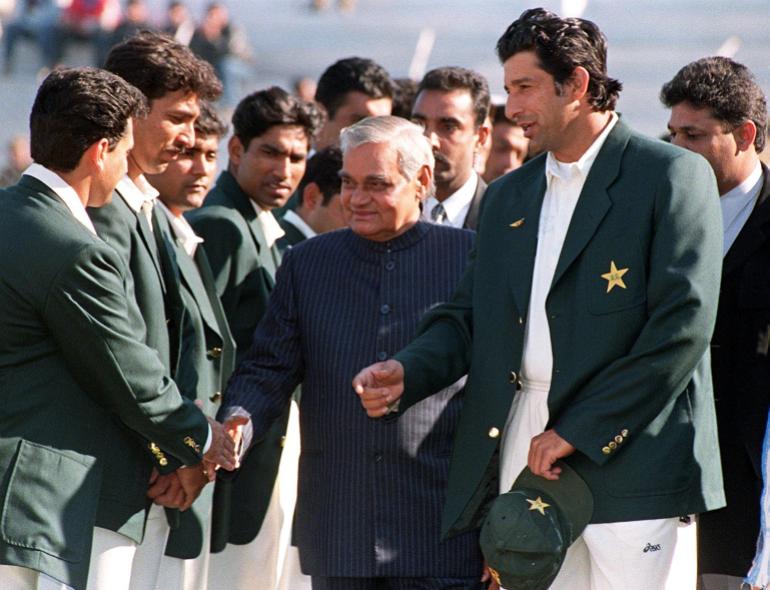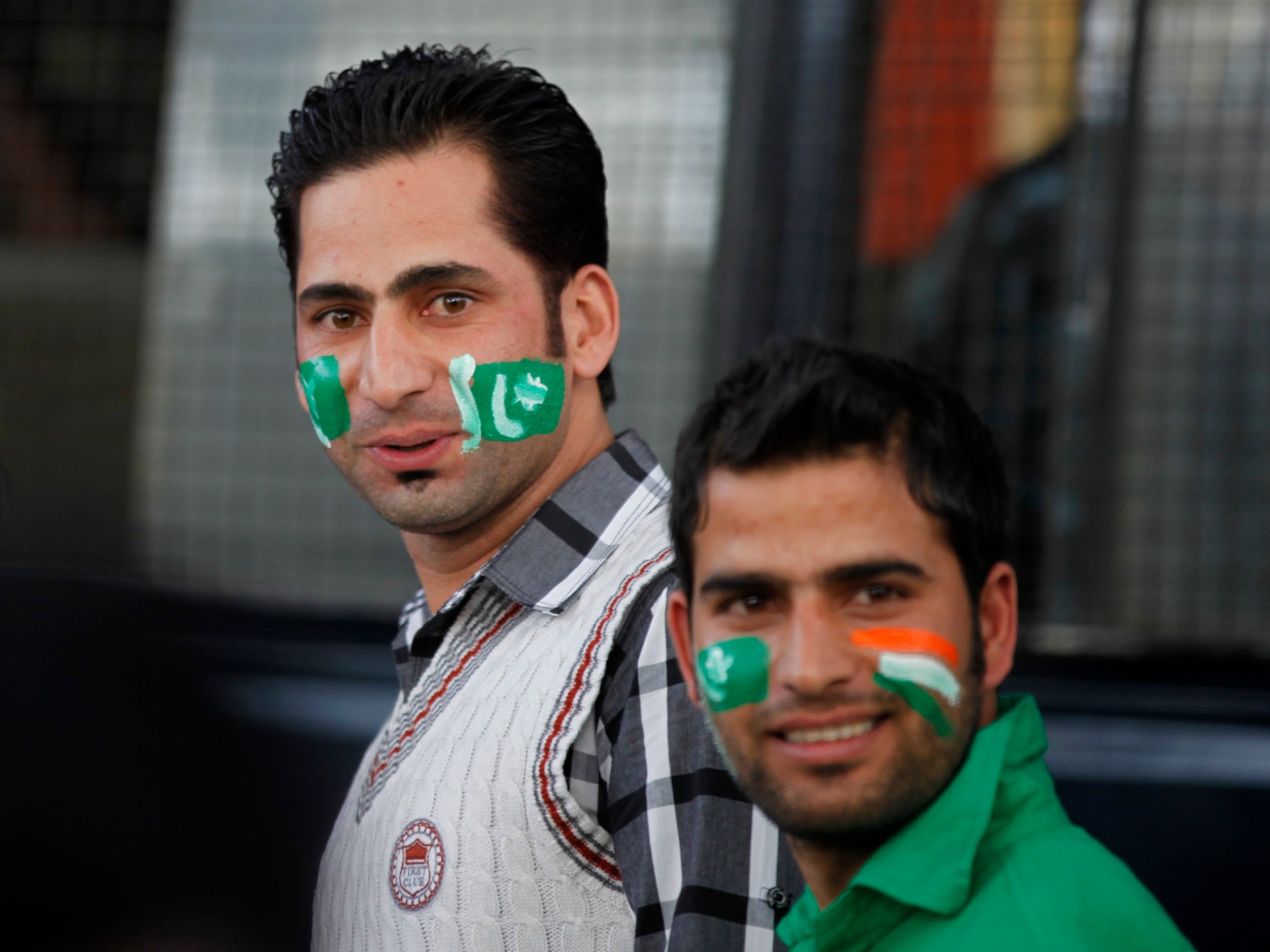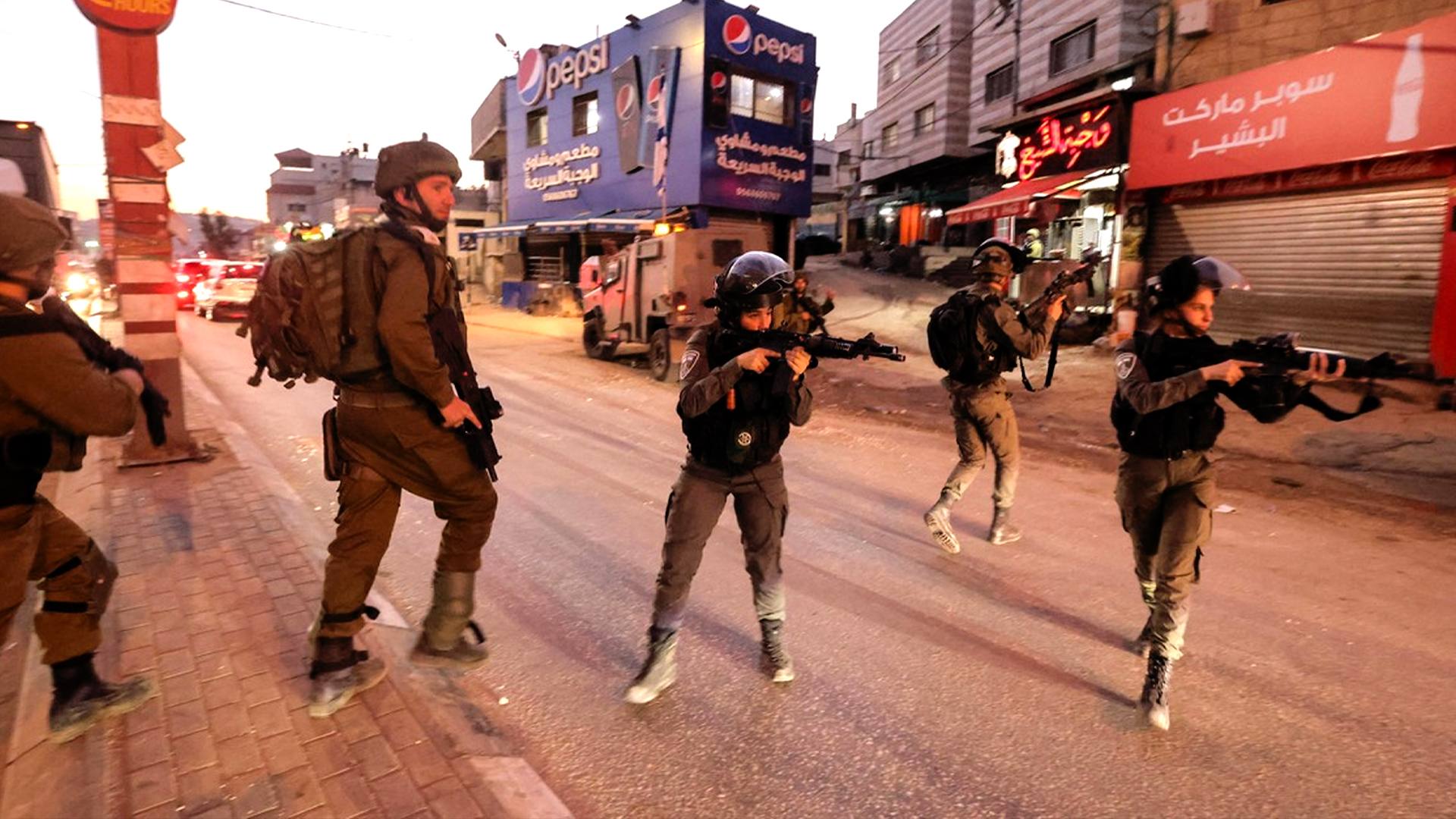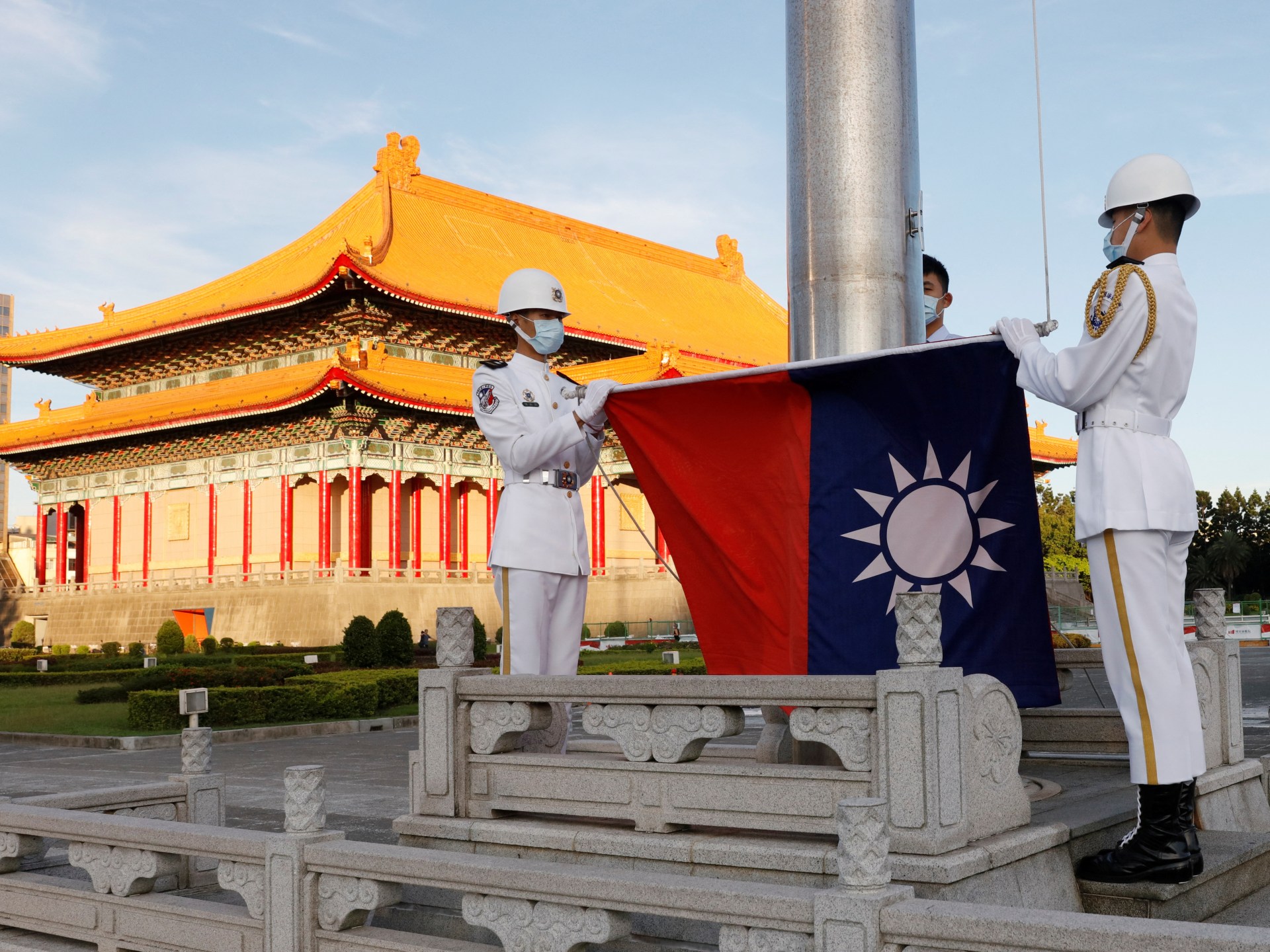India-Pakistan rivalry: Whatever happened to ‘cricket diplomacy’? | ICC Cricket World Cup
On Saturday, Pakistan will play India in a Cricket World Cup game that might go down as the most-watched cricket broadcast in history and some tickets on the black market are selling for as much as $300,000.
But whether any Pakistan fans will be allowed into the country, let alone the stadium, seems increasingly unlikely.
Either way, the rivalry remains the biggest in cricket – despite the fact that India last toured Pakistan in 2006 and the two have not played a bilateral series for more than a decade.
Yet, there was a time, the nostalgists will tell you, when cricket united the two neighbours rather than divided them.
The term “cricket diplomacy” was first widely used in 1987 when President Mohammad Zia ul-Haq of Pakistan made a surprise visit to India to watch a test match between the two countries. The visit came at a time of heightened tension over Kashmir – the issue behind two of the three wars between the countries – and was part of Zia’s “cricket for peace” initiative.
During a dull moment in the action, however, Zia allegedly mentioned to Indian Prime Minister Rajiv Gandhi that Pakistan had a nuclear bomb. The border tensions would soon return.
Perhaps their most successful period of cricket diplomacy came between 2003 and 2008 – a time in which two test series were played in Pakistan and two in India.
The on-field bonhomie reflected, in many ways, the warm relationship between Pakistani President Pervez Musharraf (who was born in present-day India) and Indian Prime Minister Manmohan Singh (who was born in present-day Pakistan).

But things came crashing down in November 2008 when gunmen with links to a Pakistani armed group killed more than 160 people in Mumbai, India. Relations – both cricketing and political – have been tense ever since, with Kashmir remaining the hot-button topic.
“When relationships between India and Pakistan are good, cricket is the first vehicle for them to express themselves,” Osman Samiuddin, a senior editor at ESPNCricinfo and author of The Unquiet Ones – A History of Pakistan Cricket, told Al Jazeera.
“But when the going’s bad, cricket is often used as an exclusionary power tool.”
Samiuddin acknowledges the role cricket can play in high-level bilateral diplomacy.
“It’s not often that leaders of India and Pakistan get together for any reason and they often find that cricket is the one language they both understand,” he said, adding that any diplomatic overtures “have to be okayed at a political level first”.
Last December, India’s foreign minister called Pakistan the “epicentre of terrorism”, while his counterpart responded by calling India’s Hindu-nationalist Prime Minister Narendra Modi the “butcher of Gujarat”, referring to his time as chief minister of the state during riots in 2002 that killed nearly 2,000 people – most of them Muslims.
Neither Samiuddin nor Emily Crick, a United Kingdom-based academic who has published extensively on cricket diplomacy, sees a swift way back from the current impasse.
“With Narendra Modi as PM of India nothing is going to change,” Crick said. “There is no desire on his side to make peace … [and] Pakistan are too caught up in their own stuff to worry about India.”
Samiuddin agrees with that assessment of high-level relations. But he says the diplomatic freeze also has a lot to do with economic changes in the two countries.
“There was a time when India playing Pakistan was the biggest money-spinner for both boards,” he said, but for India – currently the world’s fifth-largest economy – those days are long gone.
The Indian Premier League is one of the most lucrative sports leagues in the world so there’s much less economic incentive to play Pakistan in any format, let alone test matches.
Even Pakistan, with all its economic problems, has found a way to make domestic franchise cricket work financially.
“Pakistan stands to gain more from a resumption in cricketing relations,” Samiuddin said. “But neither side has to make it work.”
While the power imbalance has become more marked in recent years, Crick’s research shows that both sides have long known that India holds most of the trump cards. This is why Pakistani leaders have tried to use cricket matches to force high-level unofficial meetings with their Indian counterparts.
India, meanwhile, has typically used cricket as a form of diplomatic sanction – with many Indian politicians stating that cricket cannot be played as long as Pakistan supports the armed uprising in Kashmir.
The D’Oliveira affair
Of course, cricket diplomacy is not only about relations between India and Pakistan.
In the mid-1990s, India and Pakistan stood with Sri Lanka by sending tours to the country when other teams refused to visit due to the continuing civil war.
And in 2008 the England and Wales Cricket Board (ECB) announced that Zimbabwe would not be allowed to tour England due to the human rights violations of what then-Prime Minister Gordon Brown referred to as Robert Mugabe’s “criminal cabal”.
But perhaps the most obvious example of cricket’s power as an exclusionary tool dates back to apartheid South Africa.
As André Odendaal – author of several books on the history of South African cricket – explains, cricket had always been closely linked to the power structures in South Africa; whether imperial, financial, or political. That changed in 1968 when the D’Oliveira affair “ruptured the comfort of the old boys’ club of Empire,” he says.
Born in Cape Town in 1931, Basil D’Oliveira – of Indian and Portuguese ancestry – was universally accepted as the best South African player of colour of his generation. But the colour of his skin meant he could never be selected to represent his country.
Thanks to donations from his community he emigrated to Britain in the early 1960s and within a few years he was playing for England. With England due to tour South Africa in 1968, the apartheid government and cricket association made it clear to England’s cricket administrators and other friends in high places that D’Oliveira would not be welcome in the country of his birth.
“The two establishments did what they had always done,” Odendaal said. “It was another case of ‘wink, wink, we’ll sort it out.’”
The powers-that-be in England and South Africa hatched a plan which, they hoped, would allow them to sidestep the issue. Despite having scored 87 not out in the first Ashes test against Australia in 1968, Dolly was dropped from the England team. Four matches later, with England still trailing 1-0, a spate of injuries resulted in D’Oliveira being recalled.
He batted like a man whose career depended on it and scored a magnificent 158 that helped England square the series.
When the English selectors stuck with their plan and left him out of the squad to tour South Africa, “the public saw through the facade,” Odendaal said, and it prompted protests and several Marylebone Cricket Club members resigned. “It was just so obviously unfair.”
After the bowler Tom Cartwright pulled out of the tour due to injury, the selectors felt compelled to replace him with D’Oliveira – a batting allrounder.
Now it was the South African government’s turn to be outraged. Prime Minister BJ Vorster described the England team as “not the team of the MCC but the team of the anti-apartheid movement” and made it clear that a mixed-race England would not be allowed to play in South Africa.
The tour was cancelled and South Africa was soon frozen out of international cricket until 1991. The D’Oliveira affair was, Odendaal says, “the dynamite that ignited the sports boycott of apartheid South Africa” – a boycott that would play a major role in bringing the apartheid government to its knees.
While members of the old colonial political establishments, in South Africa and internationally, tried to insist that sports and politics should be kept separate, this was out of sync with a widespread appetite for decolonisation.
Odendaal describes the anti-apartheid movement as “one of the two biggest single-issue campaigns in the second half of the 20th century,” – the other being the anti-nuclear movement – but he’s not sure the same tactics would be as effective in today’s world.
“Sport today is not so much about government control as about mega money,” he said.
“Just look at what’s happening with Saudi Arabia and sportswashing in golf and soccer with the Olympics likely to follow.”
‘People-to-people’ diplomacy
Even if all of the experts Al Jazeera spoke to agree that “cricket diplomacy” is either dead or comatose, as a high-level political tool, this ignores the immense potential cricket has for “people-to-people” diplomacy.
Crick, an avid England supporter, has experienced this on tours to Pakistan in 2005 and 2022. On both occasions, she was wowed by the generosity of the Pakistani people who were “so happy that we had come”.
“They were really conscious of trying to make it the best possible trip for us. I think they saw it as a way of portraying a different view of Pakistan,” she said.
“It wasn’t diplomacy on a high level, but on a people-people front.”
Similar things have happened every time India or Pakistan have relaxed visa restrictions to allow each other’s citizens to watch cricket matches.
Even in today’s strained political climate, Samiuddin is hopeful that some good can come of Pakistan’s participation in this year’s World Cup.
“Only two members of the Pakistan squad have toured India before,” he pointed out.
And with Pakistan playing games in five different cities, there will definitely be “some kind of benefit from Indian people seeing them up close in hotels and stadiums and realising they are just regular human beings”.




